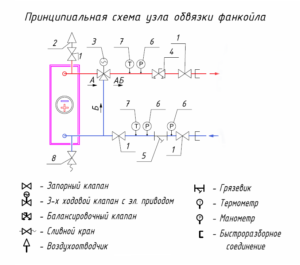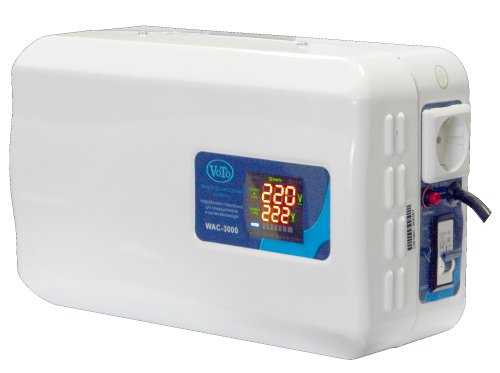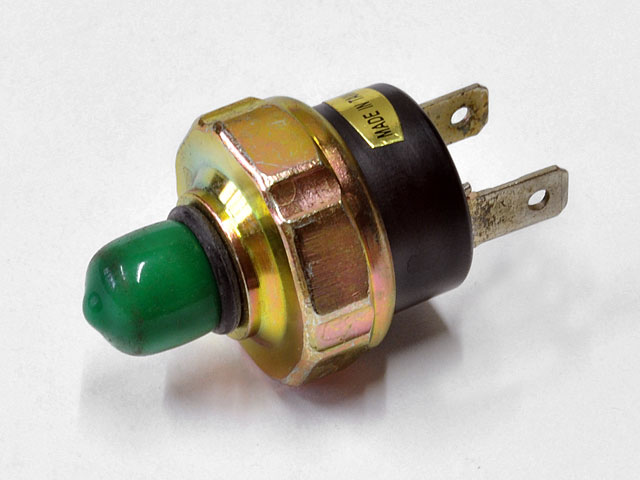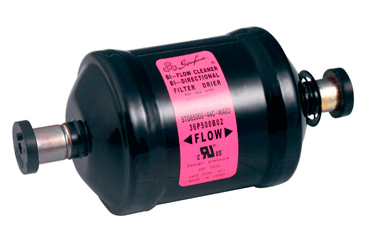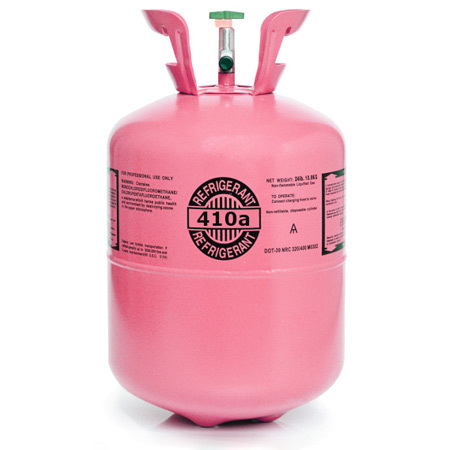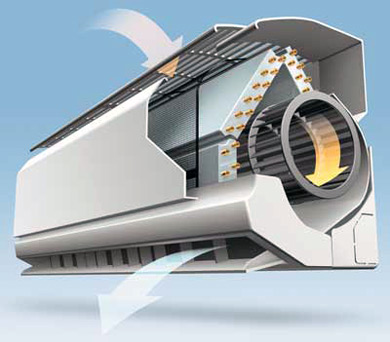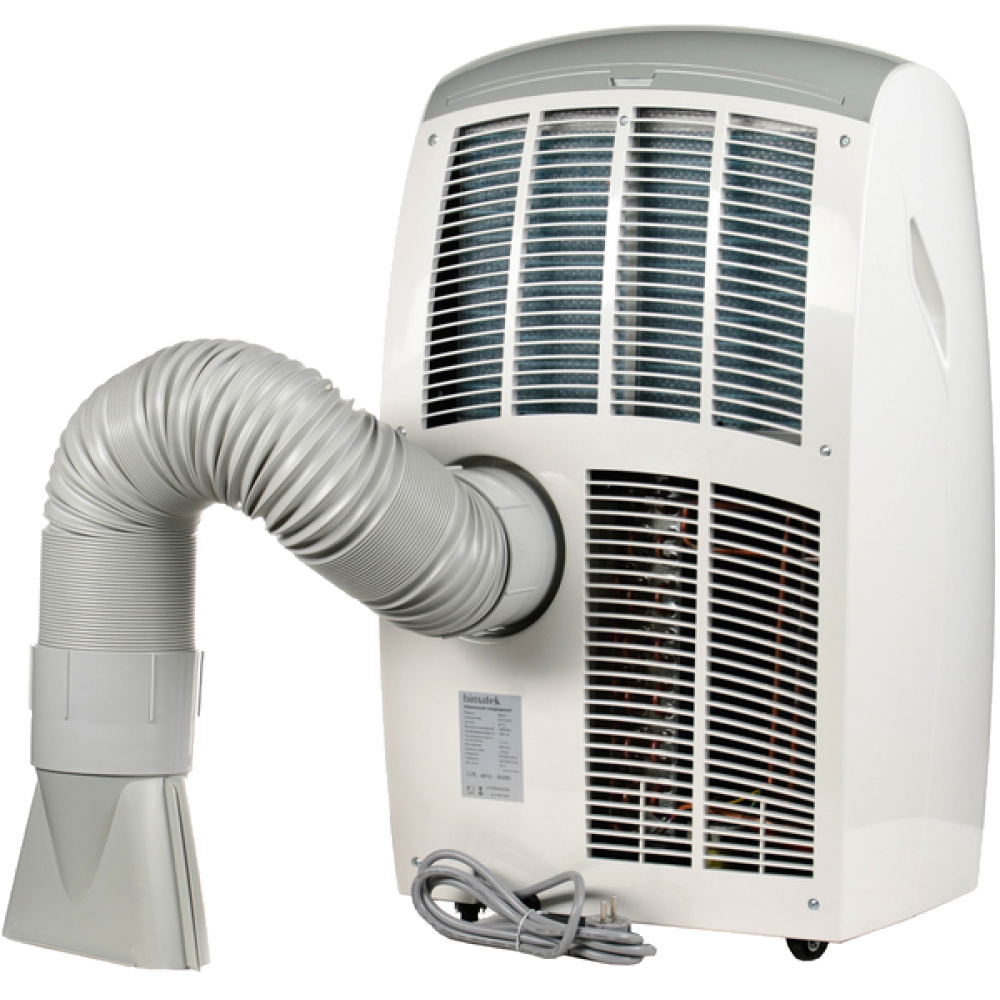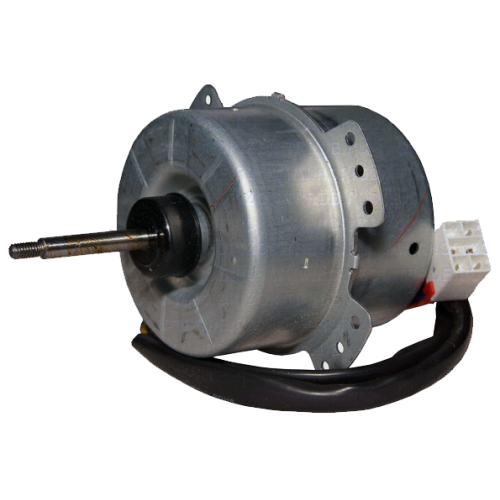Fan coil units are devices that are part of the air conditioning and heating system. They represent a tubular-plate heat exchanger through which the coolant moves, blown by a fan from the rear. In appearance, they are similar to the internal block of a split system. But it is the heat exchanger that is installed inside, and not the evaporator, although the principle of operation of the systems is the same.
By themselves, fan coil units are not a separate element of climate technology. This is the indoor unit of the air conditioning system, in which chillers play the main role. Both blocks are connected by piping through which water (cold or hot) moves.
Fan coil units
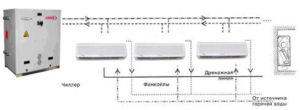
There are no strapping schemes governed by standards or regulations. Each scheme is selected in accordance with the customer's requirements, taking into account the location of the fan coil units, their number and the power of the walking unit. Depending on the tasks set, the schemes are divided into two-pipe and four-pipe.
Only one type of coolant moves along the two-pipe system: cold water in summer, hot in winter. In this case, the transition is made by connecting fan coil units to one of the systems. For example, if the devices are switched to winter operation, the water that circulates from the chiller heat exchanger is drained from them. It is connected to the heating system, which is then filled with water. When switching to summer mode, the opposite is true. If the chiller is equipped with a heat pump, then heating through the fan coil unit can be organized without switching to a separate system.
In a four-pipe system, two pipes are connected to the fan coil units at once: one from the chiller, the other from the heating system. Switching is done with a three-way valve.
A distinctive feature of such an air conditioning system is that one chiller is used to cool the water, which is connected at once to several fan coil units located in different rooms. At the same time, the temperature of the air outgoing from them can be controlled in each device separately, independently of the others. For this, remote control panels are used.
Classic scheme
Increasingly, manufacturers are offering a fan coil unit with a three-way valve. It is considered to be more technologically advanced. A pipe parallel to its connection is installed in front of the fan coil, into which the valve is cut. The temperature and pressure of the water in the system are controlled by a thermometer and a pressure gauge, respectively, installed on the supply pipe upstream of the fan coil. In addition, the three-way valve acts as a coolant cut-off if the system is completely shut off. Without the valve, water will still flow into the fan coil, albeit in smaller quantities at a reduced intensity.
Both fan coil trims can be vertical or horizontal. In this case, two connection options are offered: left or right.
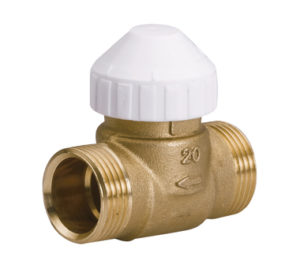
Fan coil connection rules
Regardless of which type of fan coil unit is installed in the room (floor, wall or ceiling), it is necessary to choose the right mixing unit for it. It mainly depends on the power of the installed device and the diameter of the pipes for the heating medium.
There are no special requirements for the mixing unit for fan coil units. The main thing is the tightness of the joints and a complete set of valves. The unit is connected to the device by means of flexible metal hoses, which simplifies the installation process to a minimum. Manufacturers offer a fairly wide range of mixing units, which have the ability to interchange their individual elements.
Mixing unit installation requirements:
- installation is carried out on separate brackets so that there is no pressure from the device on the fan coil;
- installation under a suspended ceiling structure requires a hatch on the ceiling to provide free access for maintenance, repair and replacement;
- the installation is carried out so that free air exhaust from the air conditioner is ensured;
- the diameter of the pipes used in the mixing unit must be equal to or slightly larger than the diameter of the fan coil fitting;
- supply pipelines must be thermally insulated so that heat or cold losses do not increase.
The piping scheme for a fan coil unit with a 3-way valve or 2-way valve does not include a condensate drainage system (drainage), but it must be installed.
During the operation of the fan coil in cooling mode, condensate will form on the surface of the tubes and plates of the heat exchanger, which flows into a tray specially installed under the heat exchanger. In the lateral part of the latter there is an outlet pipe through which the condensate is discharged.
The drainage system itself is gravity, therefore the pipe connected to the tray must be laid with a slight slope of at least 1 °. The connection between the branch pipe and the drain line is usually made with a clamp. Before starting work, drainage is checked by pouring a small amount of water into the tray. If the liquid does not go away, then the slope is incorrectly set. It needs to be corrected.
Since the air conditioning system of this type is connected to the coolant, the main requirement for its installation is pressure testing after the end of all work. It is carried out in different ways, but more often water is supplied to the piping under pressure, thereby checking for leaks at the joints.
Useful Tips
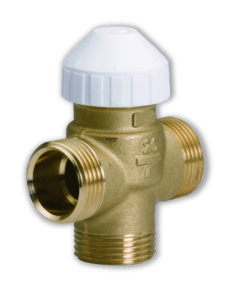
Since there are only two piping schemes: with 2 or 3-way valves, it is worth considering the positions associated with their correct use. For example, if a fan coil unit is installed on a heating system, then it is not necessary to install a unit with a three-way valve.
- You can adjust the heat transfer power of the devices by simply turning off or turning on the fan.
- It can be adjusted with a balancing valve, which is installed on the return circuit.
- On a 4-pipe system, it is better to use two-way valves. If you put three-way ones, the volume of the coolant in the return circuit increases.
- If the heating system is powered by a chiller heat pump, it is best to install a mixing unit with a three-way valve.

